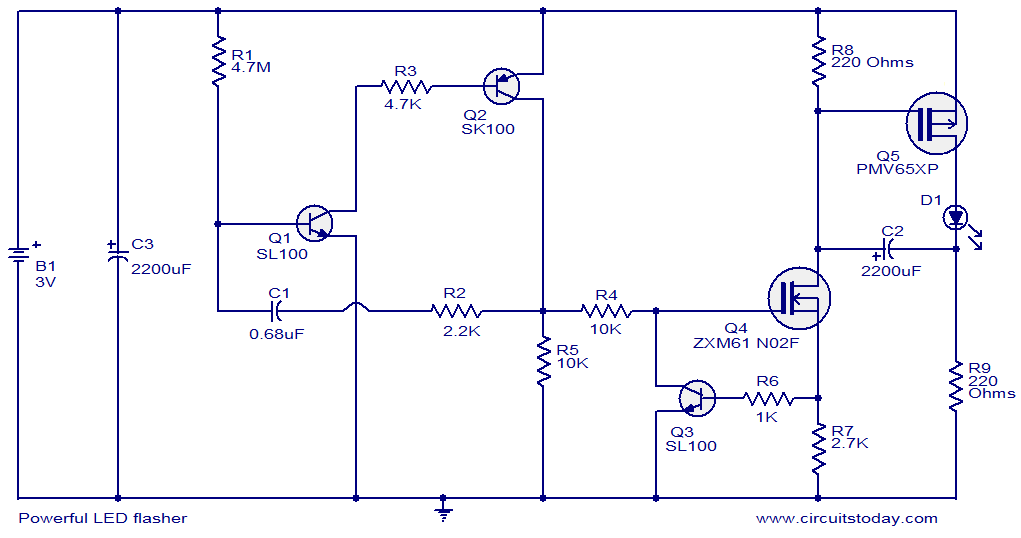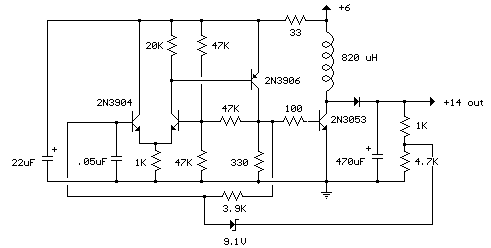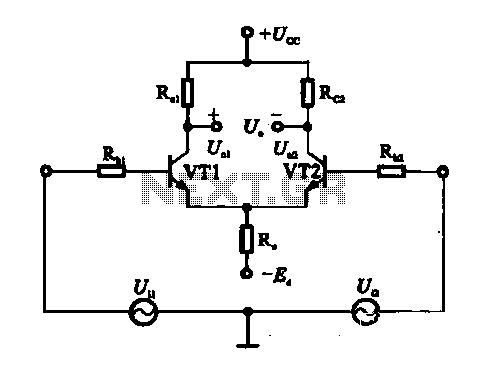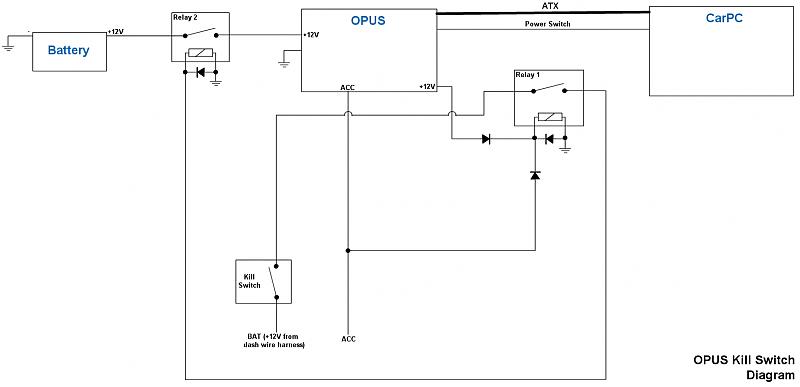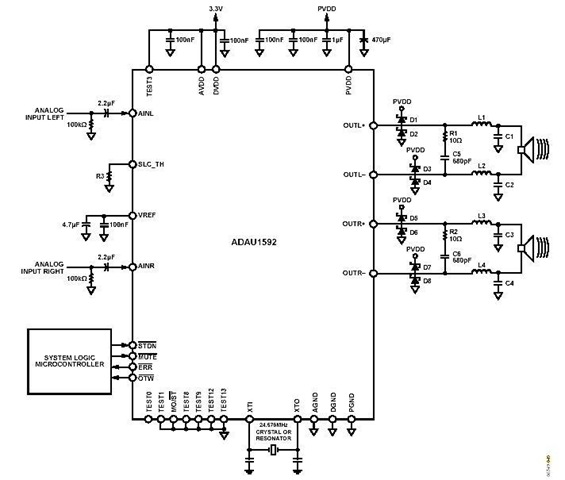
Power Amplifier OCL 50W by Mosfet (K1058 + J162)
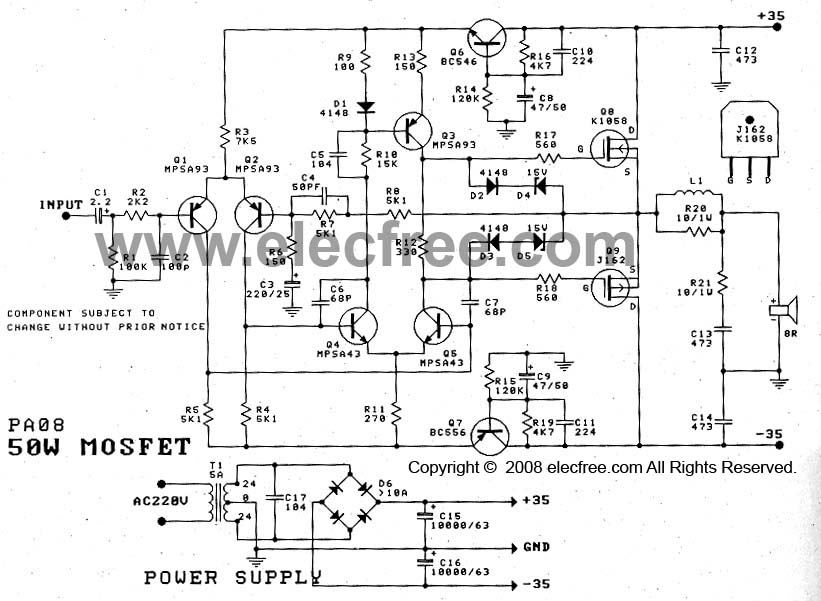
The 50W Power Amplifier OCL Mosfet (K1058 + J162) is simple to construct and cost-effective. It requires a power supply of +35V and -35V at 2A. The Power Mosfet used in this design is K1058 and J162.
The 50W OCL (Output Capacitor-Less) power amplifier utilizing the K1058 and J162 MOSFETs is designed for audio amplification applications, providing robust performance with minimal distortion. The circuit is characterized by its straightforward assembly, making it accessible for both novice and experienced electronics enthusiasts.
The amplifier operates with a dual power supply configuration, requiring +35V and -35V, which allows it to handle a wide range of input signals while delivering a maximum output power of 50 watts into an 8-ohm load. The choice of K1058 and J162 MOSFETs is crucial, as they are capable of handling high currents and voltages, ensuring reliable operation under varying conditions.
In the schematic, the input signal is coupled to the gate of the MOSFETs through a biasing network that establishes the quiescent point of the amplifier. This network typically consists of resistors and capacitors, which help stabilize the operating point and improve linearity. Feedback is employed to enhance the amplifier's performance, reducing distortion and improving frequency response.
The output stage is designed to drive speakers directly, with an output capacitor that blocks any DC component, ensuring that only the amplified AC signal reaches the speaker. The use of an output capacitor is a defining feature of the OCL configuration, simplifying the design and eliminating the need for complex output transformer arrangements.
Thermal management is also an essential consideration in the design. Adequate heat sinks should be provided for the MOSFETs to dissipate heat generated during operation, preventing thermal runaway and ensuring longevity of the components.
Overall, this 50W OCL power amplifier represents an efficient and effective solution for audio amplification, combining simplicity, affordability, and solid performance characteristics.The 50W Power Amplifier OCL Mosfet (K1058 + J162) is easy to build, and very inexpensive. To use Power Supply +35V -35V at 2A. Power Mosfet (K1058 + J162) must.. 🔗 External reference
The 50W OCL (Output Capacitor-Less) power amplifier utilizing the K1058 and J162 MOSFETs is designed for audio amplification applications, providing robust performance with minimal distortion. The circuit is characterized by its straightforward assembly, making it accessible for both novice and experienced electronics enthusiasts.
The amplifier operates with a dual power supply configuration, requiring +35V and -35V, which allows it to handle a wide range of input signals while delivering a maximum output power of 50 watts into an 8-ohm load. The choice of K1058 and J162 MOSFETs is crucial, as they are capable of handling high currents and voltages, ensuring reliable operation under varying conditions.
In the schematic, the input signal is coupled to the gate of the MOSFETs through a biasing network that establishes the quiescent point of the amplifier. This network typically consists of resistors and capacitors, which help stabilize the operating point and improve linearity. Feedback is employed to enhance the amplifier's performance, reducing distortion and improving frequency response.
The output stage is designed to drive speakers directly, with an output capacitor that blocks any DC component, ensuring that only the amplified AC signal reaches the speaker. The use of an output capacitor is a defining feature of the OCL configuration, simplifying the design and eliminating the need for complex output transformer arrangements.
Thermal management is also an essential consideration in the design. Adequate heat sinks should be provided for the MOSFETs to dissipate heat generated during operation, preventing thermal runaway and ensuring longevity of the components.
Overall, this 50W OCL power amplifier represents an efficient and effective solution for audio amplification, combining simplicity, affordability, and solid performance characteristics.The 50W Power Amplifier OCL Mosfet (K1058 + J162) is easy to build, and very inexpensive. To use Power Supply +35V -35V at 2A. Power Mosfet (K1058 + J162) must.. 🔗 External reference
